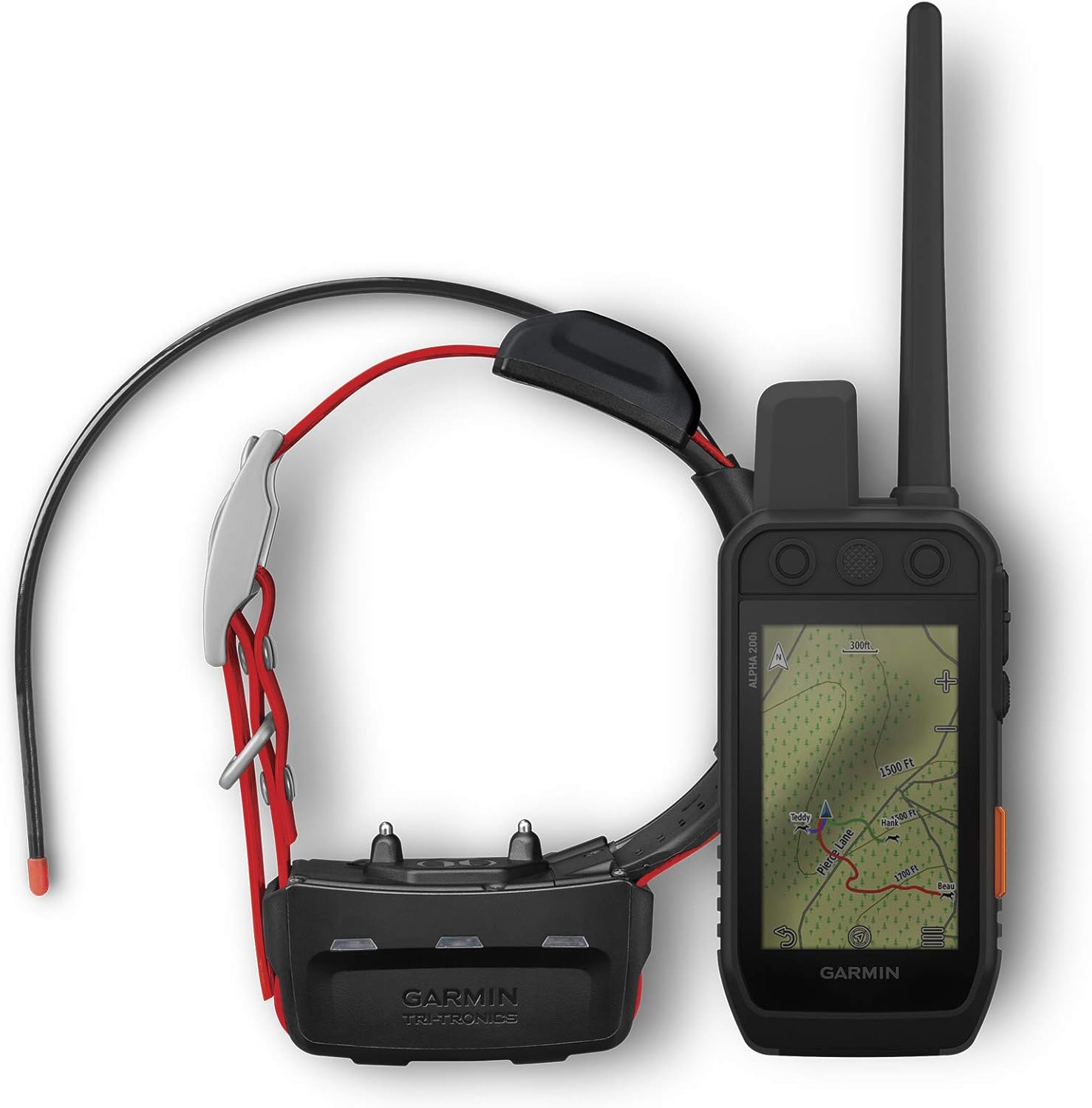If you own huskies or other breeds prone to escaping, you know the routine. They’re sweet, loyal, and endlessly entertaining… but also notorious escape artists. When a dog decides the fence is just a suggestion, you need a way to keep track. That’s where GPS dog collars come in.
But not every tracker is right for every situation. If you live in the boonies where cell coverage is spotty, a lot of mainstream GPS collars won’t work. And if you need something durable for daily wear, you don’t want a bulky, fragile device. Below, I’ll walk you through the best GPS dog collars available in 2025, with honest takes on what they’re good at and where they fall short.
What to Look for in a GPS Dog Collar
Coverage type: LTE/cellular vs. satellite vs. RF (radio frequency). Off-grid users should skip LTE-only devices.
Battery life: Some last days, others last months. More is always better.
Durability: Waterproof, rugged, and comfortable for daily wear.
Ease of use: Some systems are plug-and-play. Others have steeper learning curves but more reliable tracking.
Best GPS Dog Collars (2025)
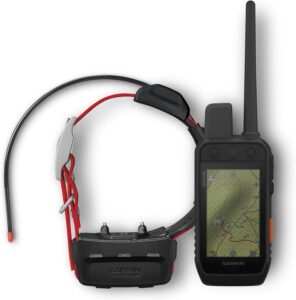
Best for serious tracking and rural areas
The Garmin Alpha 200i is the gold standard for hunters, working dogs, and anyone who needs bulletproof reliability. It doesn’t rely on cell service. Instead, it pairs the TT 15X collar with a handheld unit using GPS + GLONASS satellites. You get up to 9 miles of range and advanced tracking tools.
Battery life: Up to 80 hours
Durability: Waterproof and built for rugged terrain
Extras: Training features (tone, vibration, stimulation)
Pros:
Works in true off-grid conditions
Multi-dog tracking support
High build quality
Cons:
Expensive (often $700+ for the bundle)
Overkill for casual dog owners
Verdict: If you live in remote areas with no service and need a reliable solution, this is the one to trust.
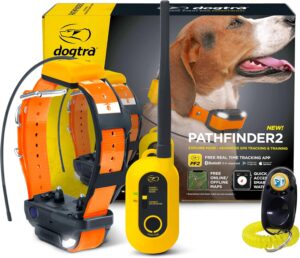
Best mid-range GPS collar without cellular
The Dogtra Pathfinder2 is a strong alternative to Garmin at a lower price point. It uses a collar that communicates directly with your smartphone via RF (radio frequency), so you don’t need LTE coverage. The app is user-friendly, and the system supports real-time tracking within a 9-mile radius.
Battery life: Around 12–48 hours depending on usage
Durability: Rugged, waterproof, daily-wear ready
Extras: Training features via app
Pros:
Works without cell service
Less expensive than Garmin (around $400–$500)
App-based interface is simple
Cons:
Shorter battery life
Collar bulkier than subscription trackers
Verdict: The best balance of price and reliability for husky owners in rural areas.
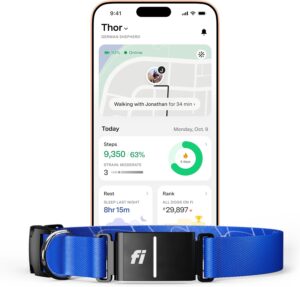
Best for suburban dog owners with some cell coverage
The Fi Series 3 has exploded in popularity thanks to its sleek design and incredible battery life. It uses LTE-M networks plus GPS satellites, so you’ll need at least some coverage for it to work. It’s slim, comfortable, and looks like a normal collar, which makes it ideal for daily wear.
Battery life: Up to 3 months (standby)
Durability: Waterproof, chew-resistant
Extras: Step/activity tracking, escape alerts, smartphone app
Pros:
Best-in-class battery life
Comfortable enough for 24/7 wear
Modern design and easy setup
Cons:
Requires LTE coverage
Monthly subscription required
Verdict: Great for suburban or semi-rural dog owners. Not reliable if you’re way off the grid.
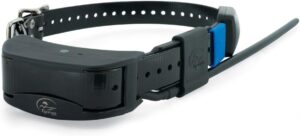
Best rugged option for multiple dogs
The SportDOG Tek 2.0 is another serious contender for rural areas. Like the Garmin, it uses GPS + GLONASS satellites with a handheld receiver. It’s designed for hunters and sporting dogs, so it’s durable and long-range. One big advantage is that it can track multiple dogs at once, which is perfect for someone with two husky mixes.
Battery life: 24–36 hours
Durability: Waterproof, built for tough environments
Extras: Expandable system for more collars
Pros:
Doesn’t rely on LTE
Designed for multi-dog households
Rugged and reliable
Cons:
Learning curve for setup
Bulkier than other options
Verdict: If you’ve got two adventurous huskies, this is a smart investment.
No matter what you choose, a GPS collar is peace of mind. Because let’s be honest: your huskies aren’t plotting world domination — just the next great escape.

